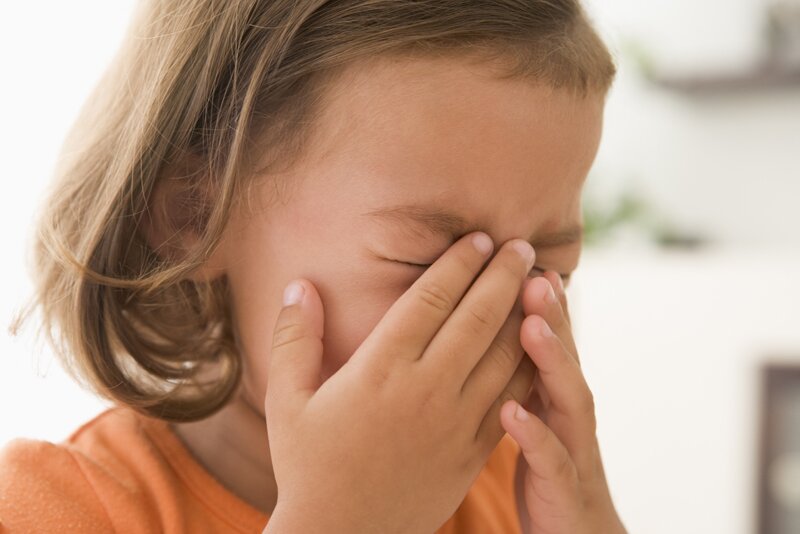Too Much Chocolate on Halloween May Create Little Monsters
A scary thought for many parents is their children eating too much candy on Halloween, transforming some little tykes into sick or sleepless monsters, says Jill Walls, assistant professor of child development at Ball State University.
“I think it’s important that parents remember that children, just as adults, are subject to the stimulating effects of chocolate and sugar,” says Walls, a faculty member in Ball State’s Department of Family and Consumer Sciences. “If you don’t want them to be up all night long, regulate their intake of candy.”
Walls points out that chocolate contains a substance called theobromine, which can have side effects similar to caffeine. While it has less of an impact on the central nervous system than caffeine, too much theobromine can cause sleeplessness, tremors, restlessness and anxiety. Additional side effects include loss of appetite, nausea, vomiting and withdrawal headaches.
“Parents of children less than 2 years of age should find appropriate and healthy alternatives to the traditional Halloween candy, such as fresh fruit,” says Walls, the mother of two daughters ages 5 and 1.
Websites such as Pinterest offer a host of creative ways to prepare healthy foods to fit with a Halloween theme. For example, bananas can be sliced to look like ghosts and peeled oranges made to look like pumpkins.
“For toddlers and preschoolers, I’d suggest limiting their candy. Children are starting to become more independent at this age, so you can honor that by providing them with a choice of candy but limit them to a certain number of pieces. So you might say something like, ‘Tonight, you may choose two pieces of candy.’”
Parents should anticipate that candy consumption can make children feel more energetic, and therefore the treats should be eaten well before bedtime.
Walls also says some children will completely forget about Halloween candy if it’s out of sight, but if not, it might be best to reserve candy for the weekends.
